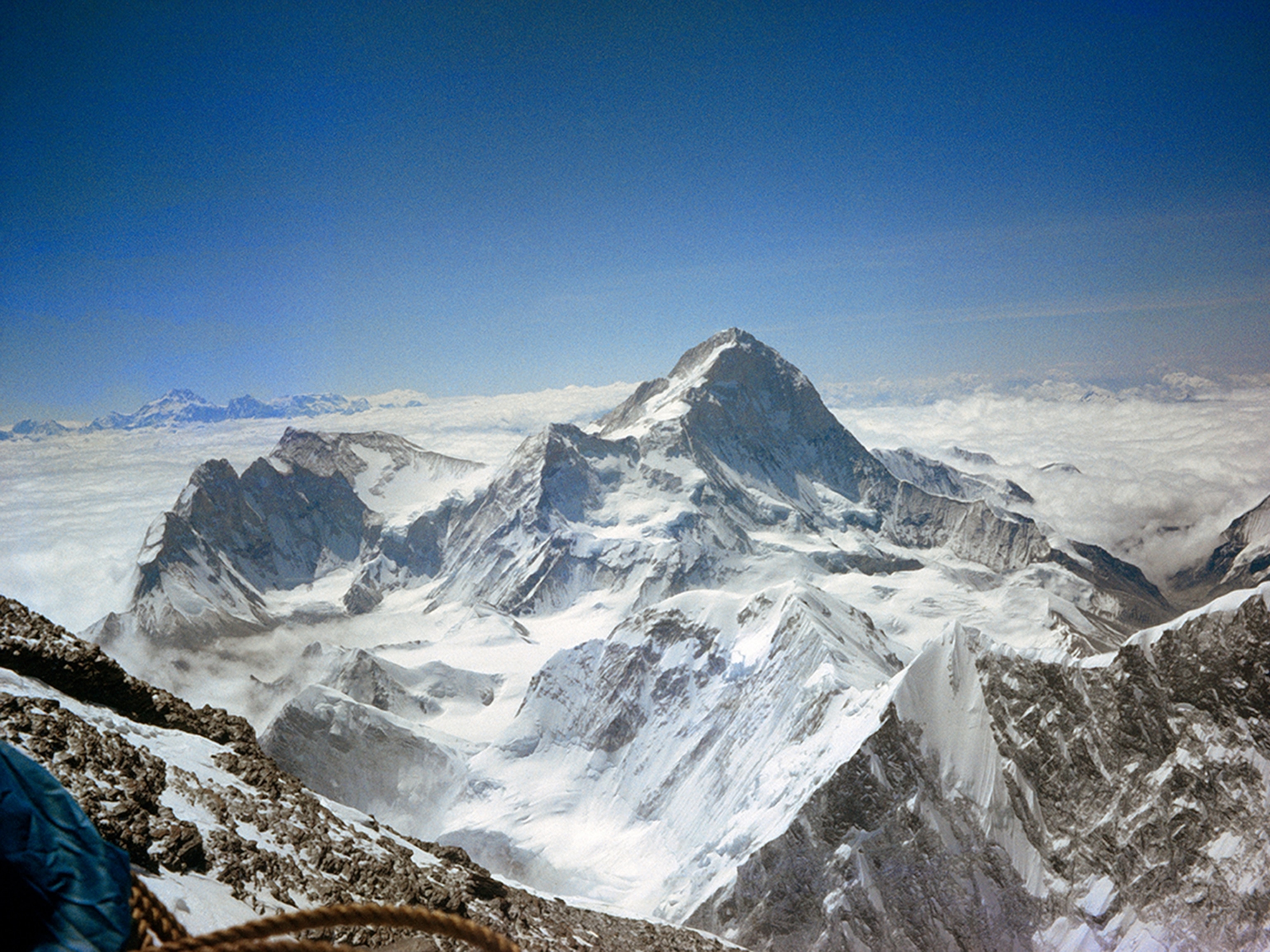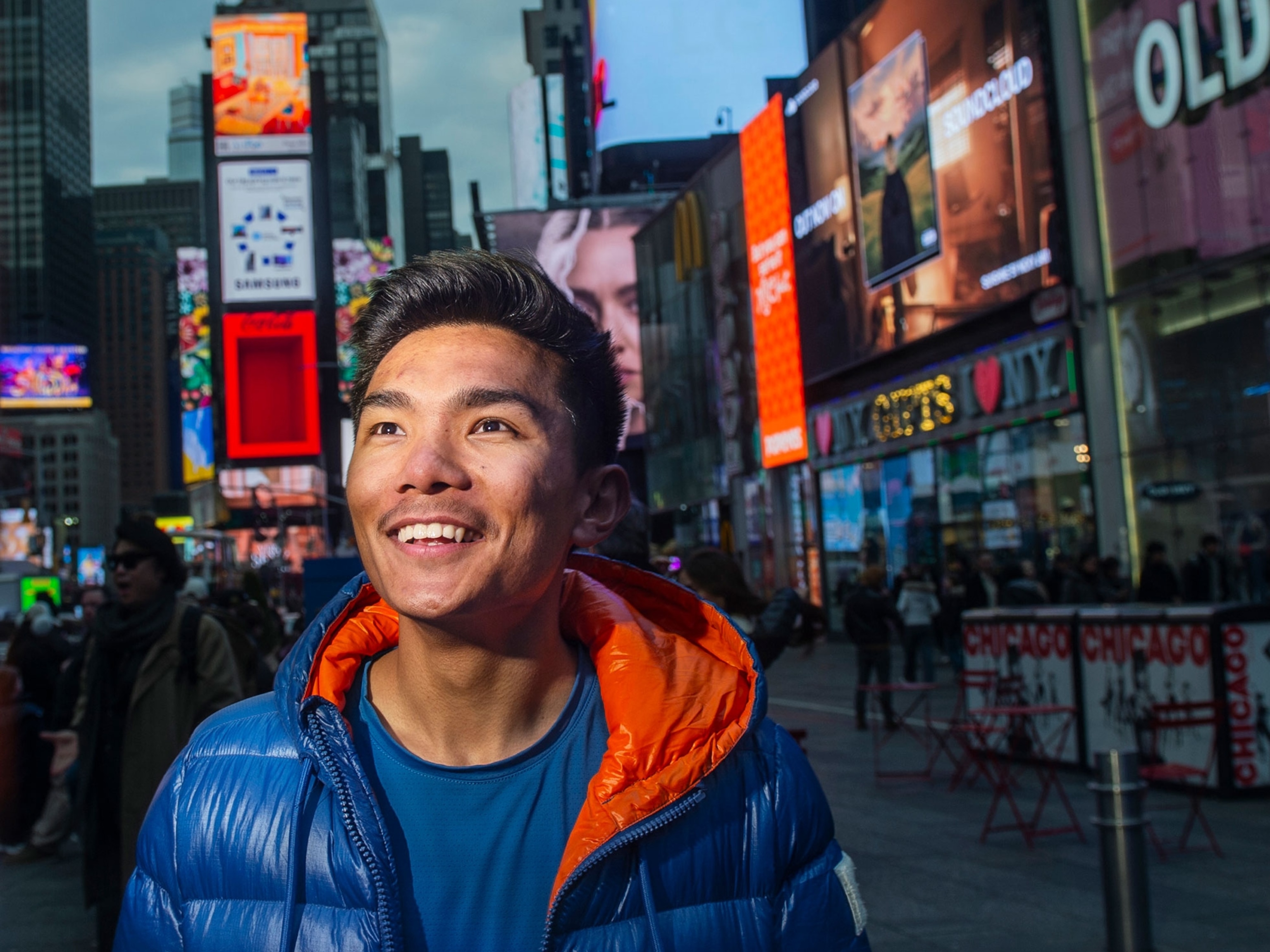Meet the photographer climbing to new heights
Join National Geographic adventure photographer Irene Yee on assignment in Oregon’s iconic Smith Rock State Park.

The skill, precision, and endurance required to scale epic walls of rock in harsh conditions is extraordinary. Now imagine taking world-class photographs along the way. For National Geographic adventure photographer and rock climber Irene Yee (pronouns: she/her) it’s a way of life.
Her recent assignment brought her to what’s widely considered the birthplace of American sport climbing: Oregon’s Smith Rock State Park (Confederated Tribes of Warm Springs and Tenino home and ancestral lands). Irene and her climbing team of Genevive Walker and Erika Moncada explored the high desert plateau bristling with 550-foot rock faces, deep canyons, hiking trails, thousands of climbing routes, and the Crooked River winding below.
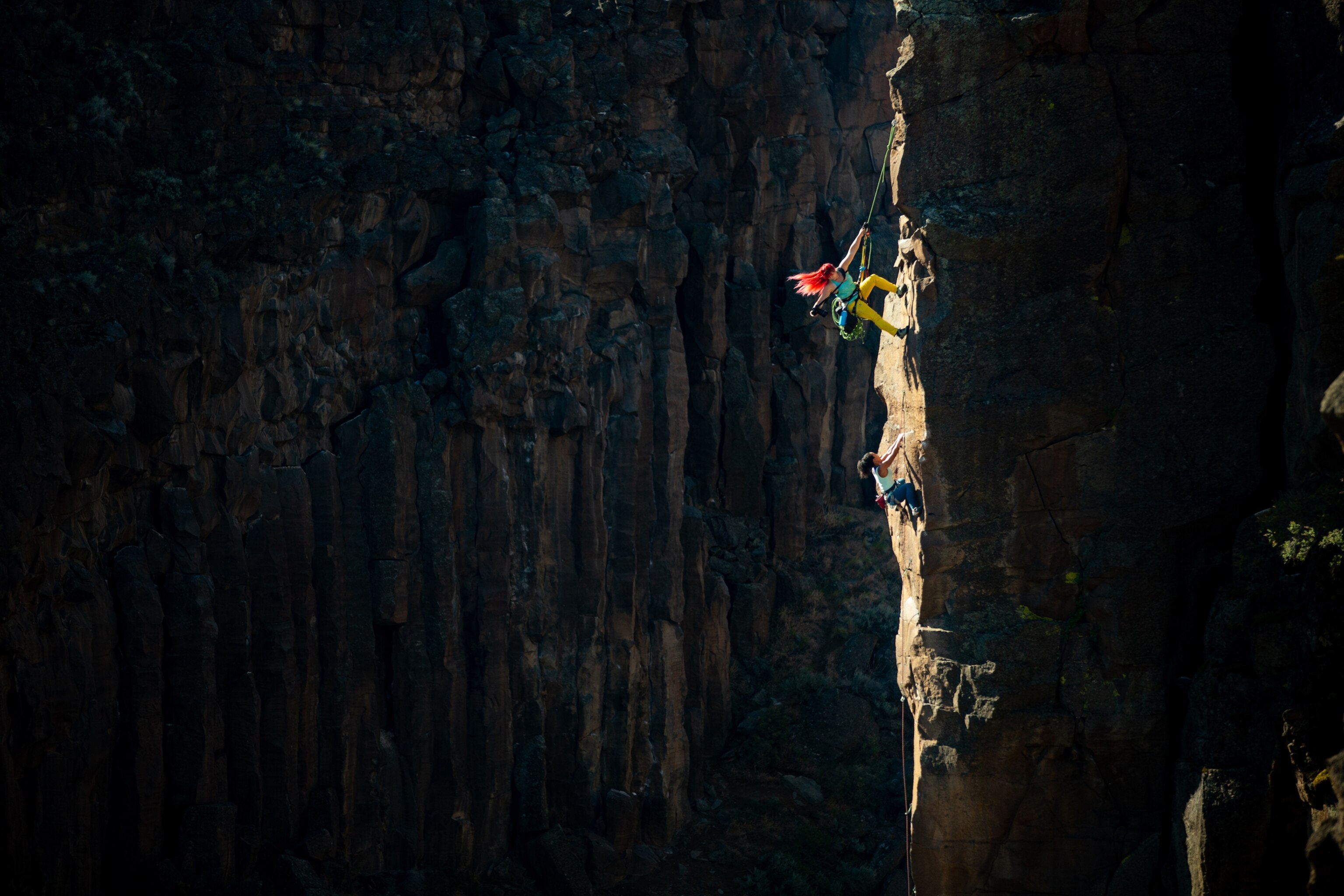

“Rock climbing has taught me to trust myself, believe in my technical abilities, and manage my fears.”
“I’d never been to Smith Rock, and exploring a new place is always an adventure—the inevitable stumbles navigating an unknown area, but most of all the excitement of creating photos in a new environment.” It all starts with assembling the right team, and for Irene that’s a chance to fulfill her core passion of uplifting, photographing, and climbing with other BIPOC (Black, indigenous, and people of color) women. “If I’d grown up seeing more images of BIPOC women thriving outside of the mainstream, I might have believed in myself more. My photographic vision is to let everyone know they belong in the great outdoors.” Erika needed a release after working as a nurse in the pandemic. Genevive wants to inspire other Black people to feel comfortable trying things they never thought they could do.
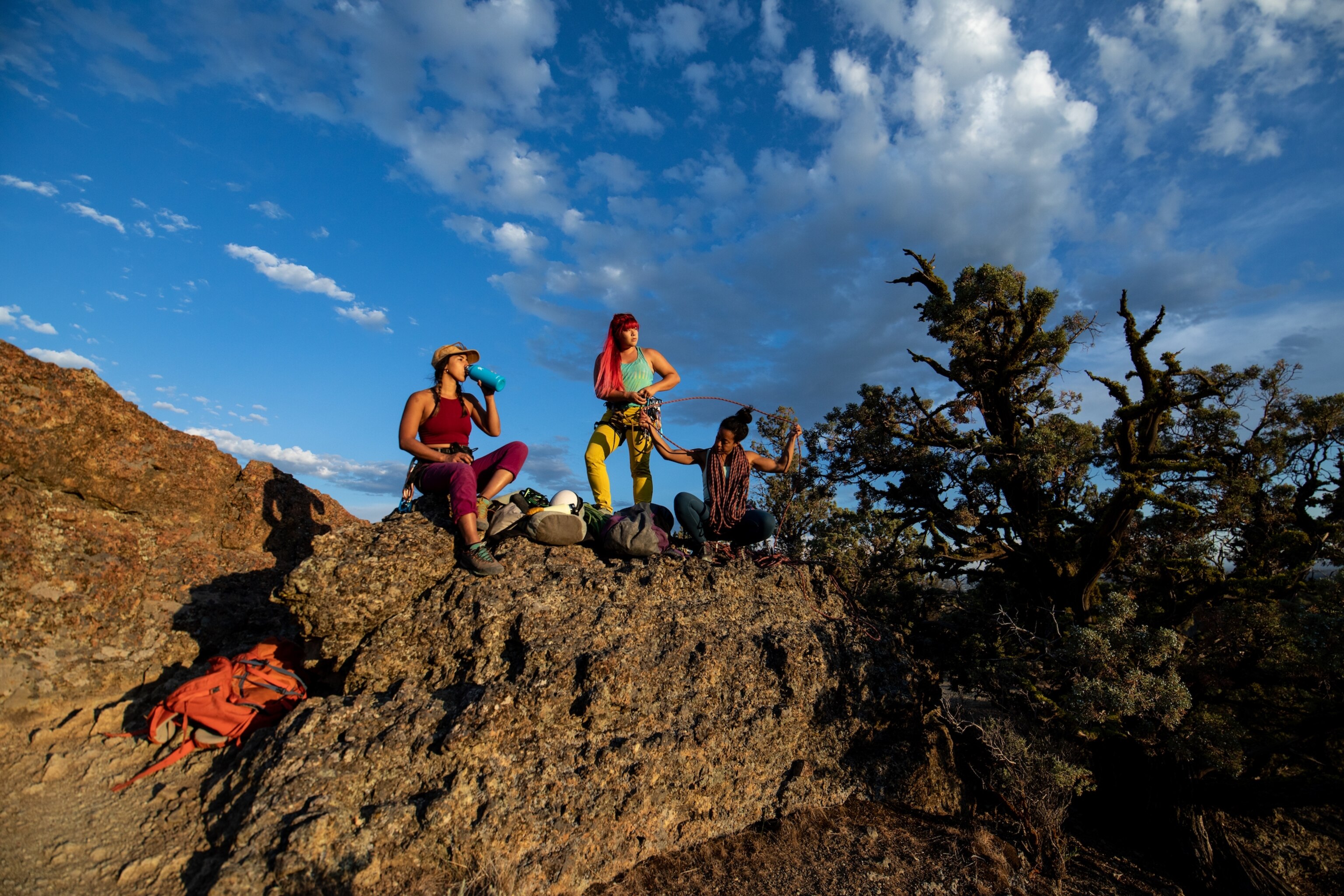
“You cannot be what you cannot see. I hope I’m inspiring and empowering women of color to test their comfort zones and pursue their dreams.”
Irene camped, hiked, and scouted the park to gain a sense of the rock and how light hits it from sunrise to sunset. Her precise itinerary guided the team’s quest to capture the most dramatic angles, prime locations, and dynamic climbing images. “Smith Rock exceeded my expectations—so many different rock formations, incredible light, and even a full moon on our last night.”
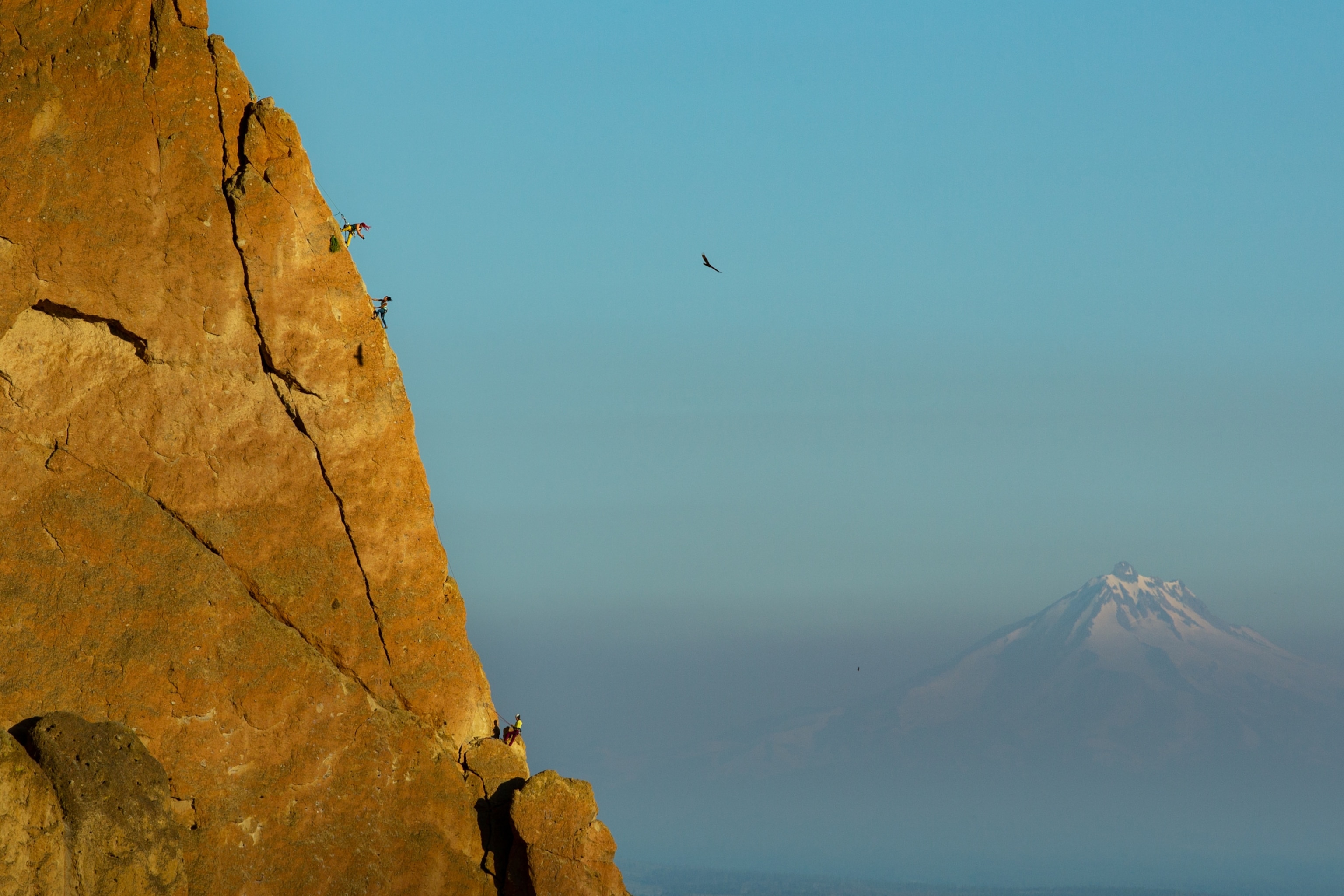

“I like to ascend a fixed line and shoot from above, often very close up, to capture the perspective of what the climber sees and feels.”
Despite careful planning, the unexpected occurs. A sunny forecast abruptly transformed into two days of thunder and lightning, drastically altering the team’s plans. “We were at the very top of a mountain formation, saw the storm rolling in, and had to get down to safety fast. That’s when the adrenaline kicks in.”
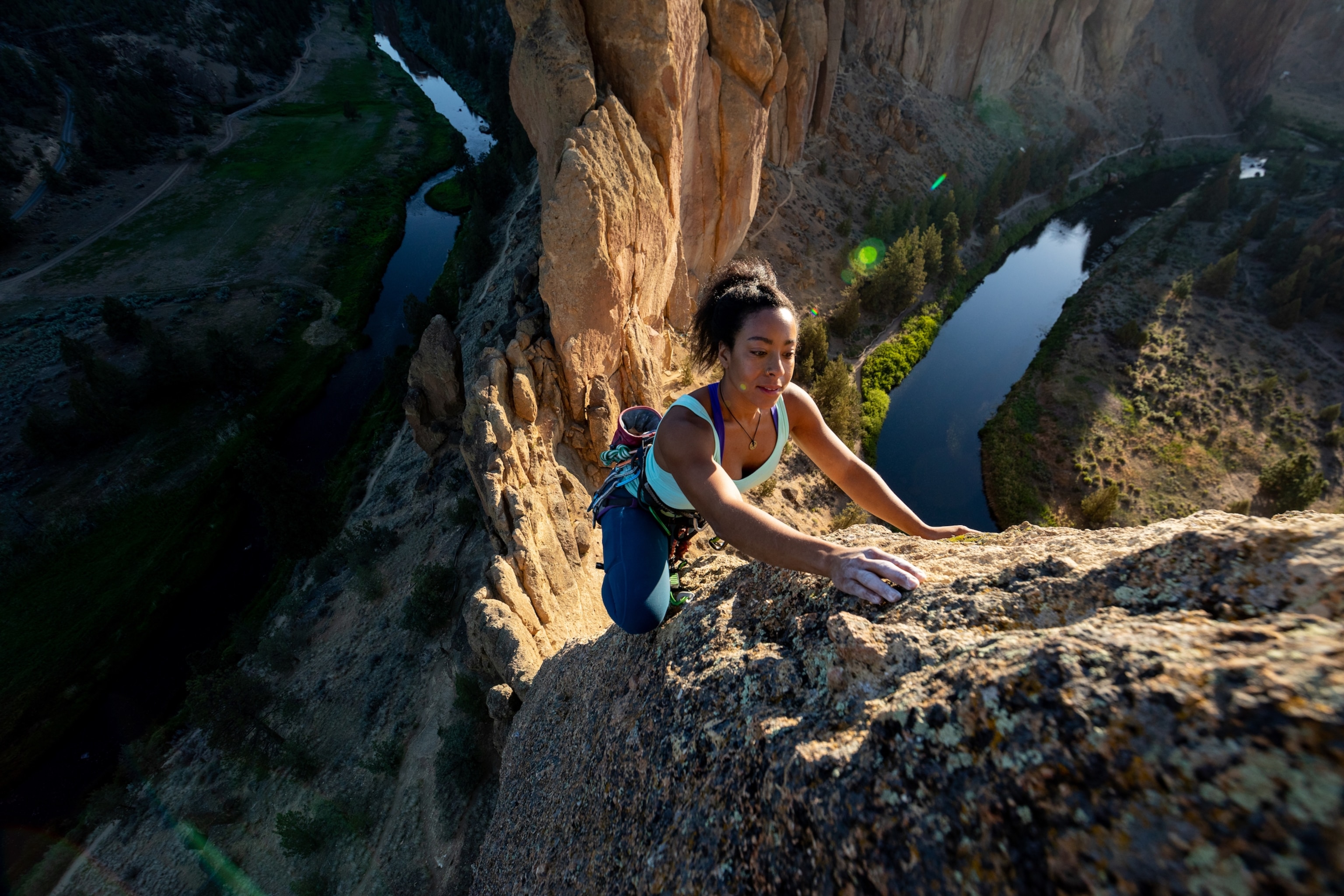
“Adventure is about planning, but you should also recognize that plans may have to change. You need to be ready to adapt, stay flexible, and improvise.”
While Irene’s assignments focus on climbing, she always seeks a well-rounded experience. “Rock climbing is a wonderful way to travel, immerse yourself in nature, and explore a place and its culture.” Near Smith Rock that included floating the river and cliff jumping at Steelhead Falls, spotting birds and wildlife, and even visiting a farm to meet newborn alpacas. “To me, it’s about experiencing all the textures of a place, both big and small.”
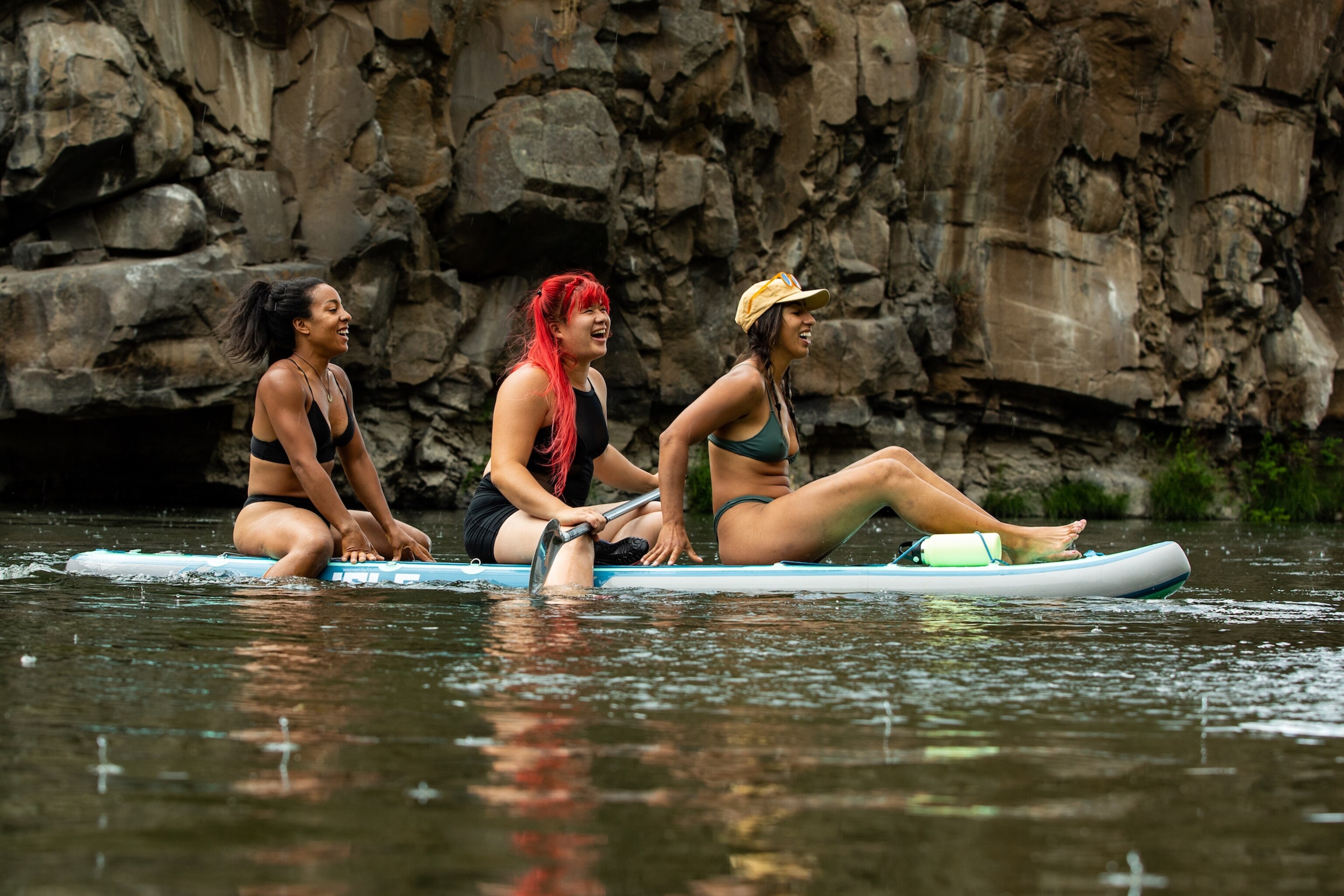
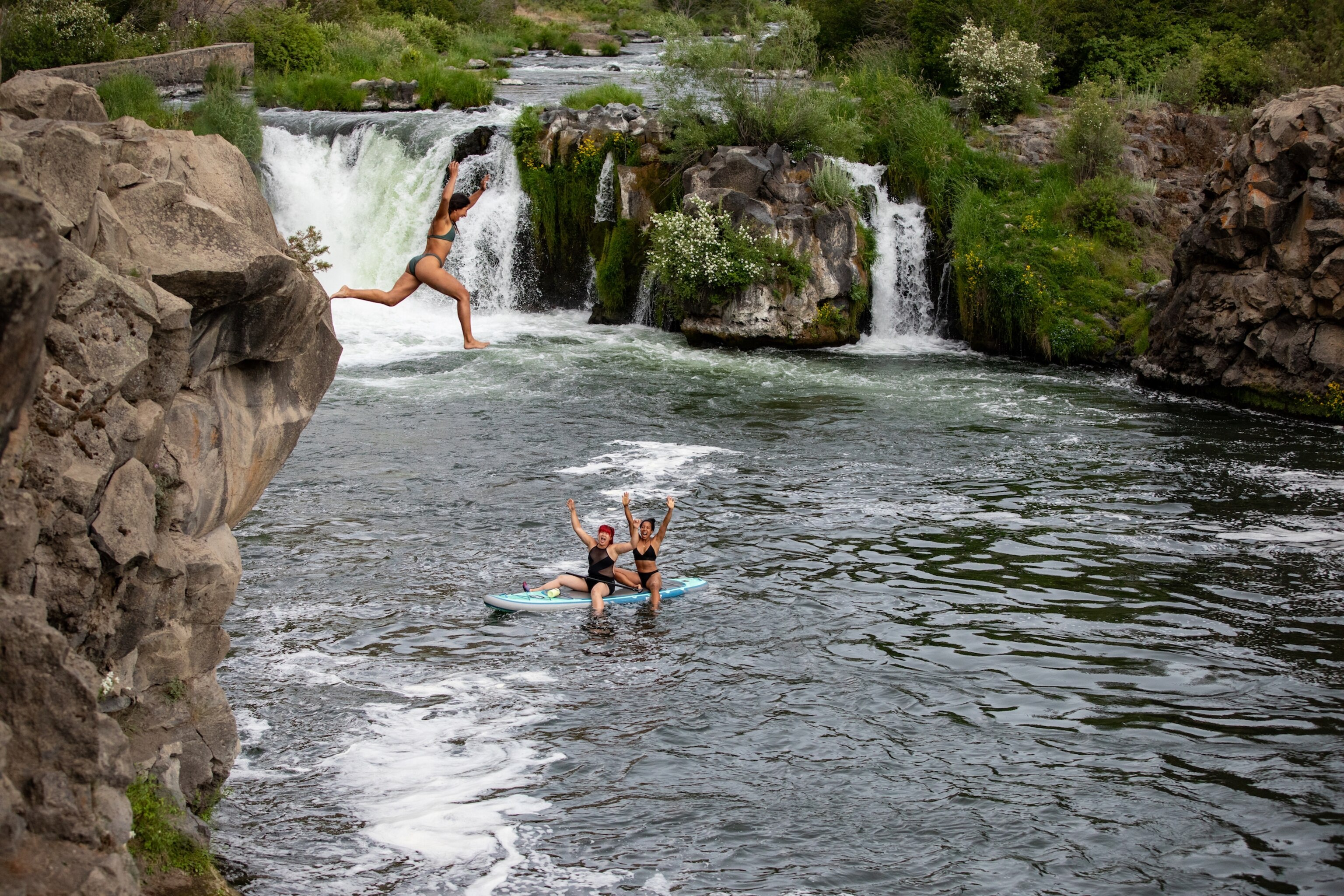
“It hit 100 degrees every day, so it was crucial to pack only essentials and constantly hydrate to keep up with the temperatures.”
Staying nimble means making every pound in her backpack count. Irene carried one camera body, two lenses, all crucial climbing and safety gear, a 200-foot rope, and her reusable Hydro Flask water bottle. “Drinking ice cold water felt so great. My Hydro Flask bottle is lightweight, clips right onto my pack, and the water stayed cold through the extreme heat. Keeping hydrated is critical to endurance and performance on these demanding assignments.”
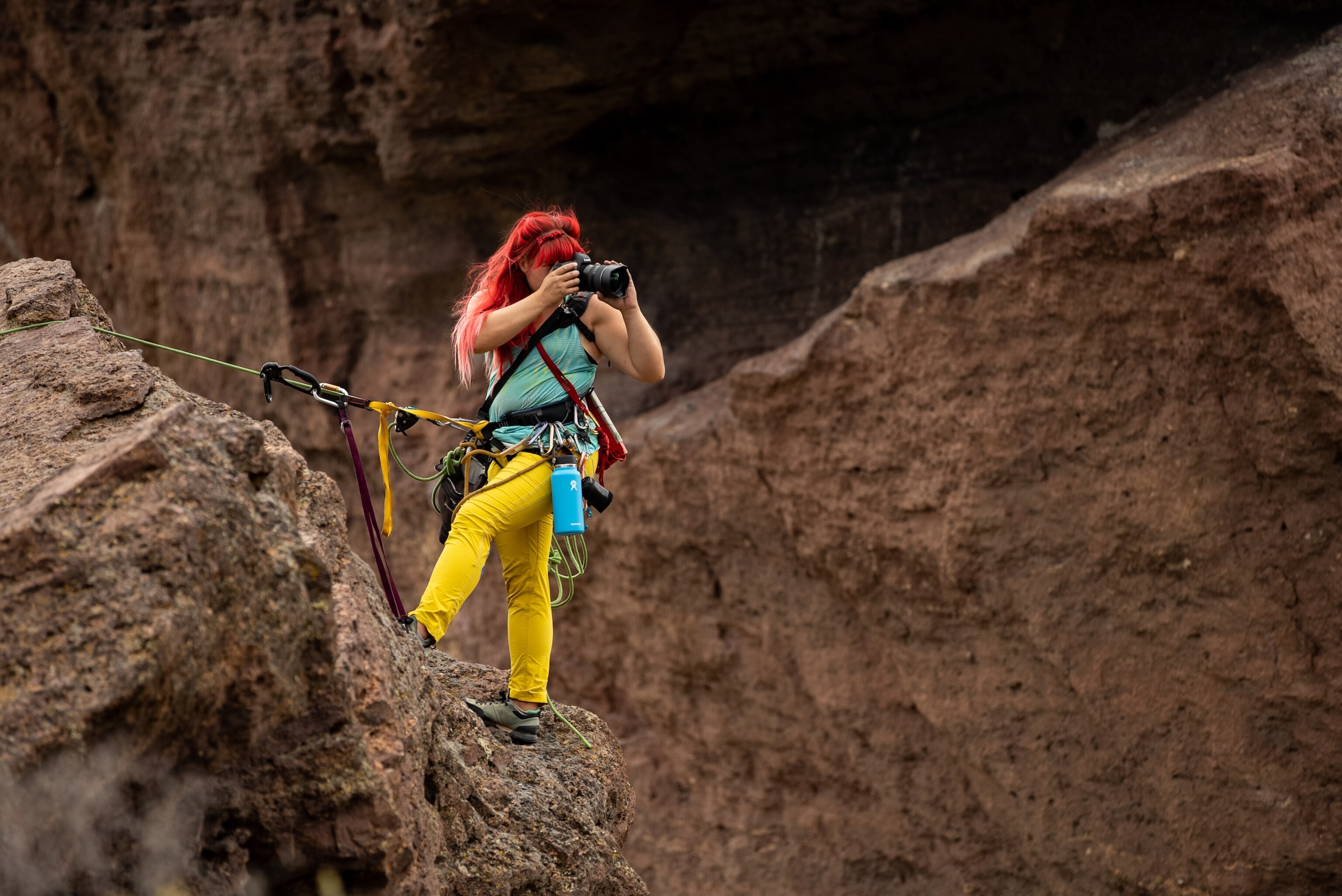
Wilderness adventures are a far cry from Irene’s non-outdoorsy first 26 years. “I finally felt there had to be more to life than just working to pay my rent.” After a cross-country move to Las Vegas, she went to her first rock-climbing gym as a way to meet new people. “I figured I’d be bad at it but decided to tuck my ego in my pocket and give it a try. It turned out to be a life-changer. I know rock climbing seems inaccessible to many people. My goal is to inspire them to give it a chance. Even if you don’t love it, I hope you’ll say if I did this…what else can I do?”

